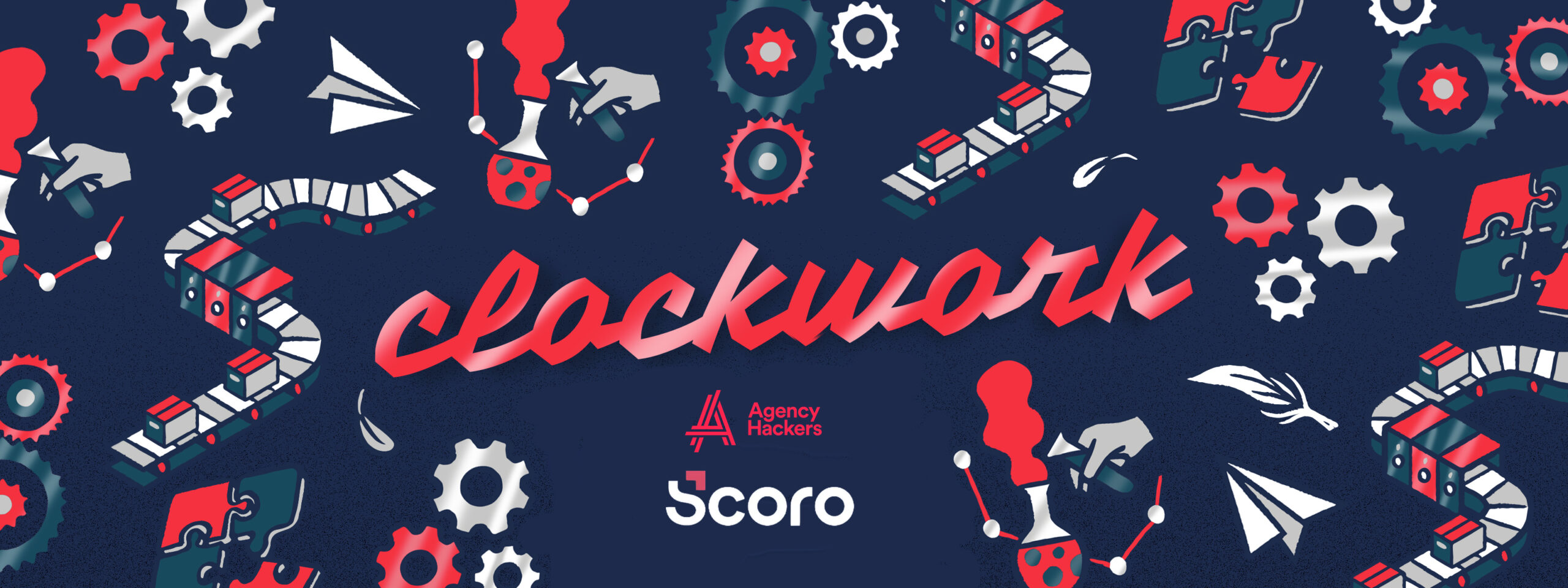Speakers
📢 Here are the current speakers we have for this event. We will also hear from you – the event is all about taking part.
How Can Timesheeting Be Used in a Way That
Truly Values Time and Effort?
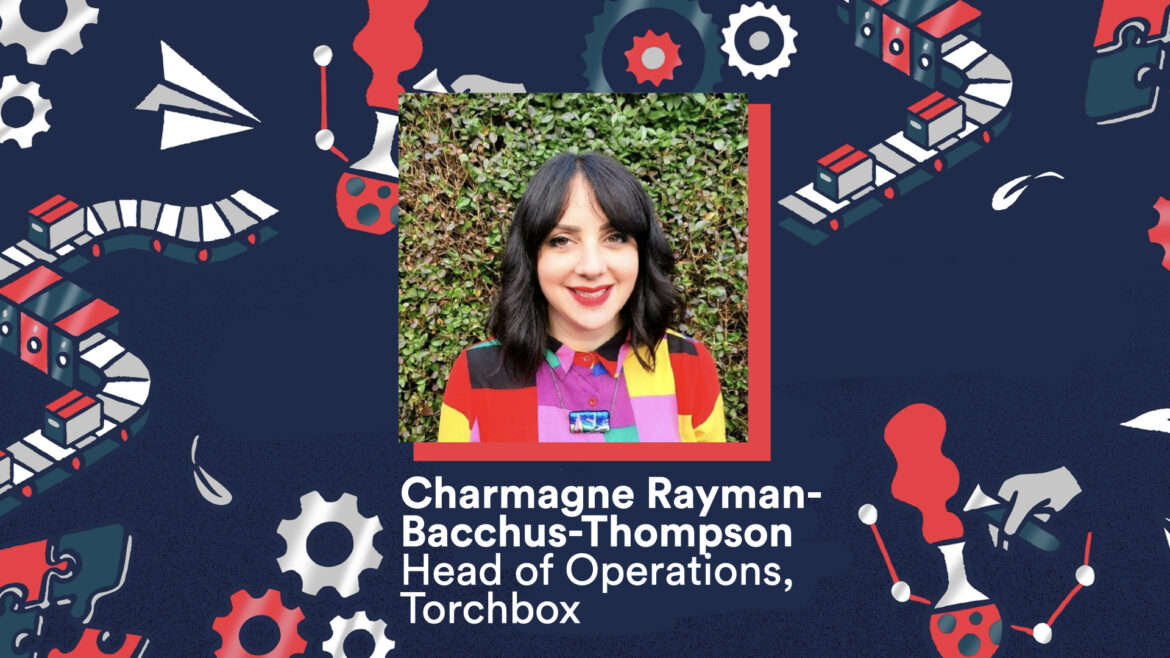
When Charmagne Rayman-Bacchus-Thompson first arrived at Torchbox, the agency was still timesheeting like a ‘scrappy startup’.
“People we’ve had in the agency for 20 years are like, ‘Where do I put down if I’m making a cup of tea?’” says the head of delivery management.
“We don’t care if you’re making a cup of tea. We consider that a cost of running the business. We’re not going to make an operational decision off the back of the fact that you have three cups of tea a day.”
Torchbox is employee-owned, which requires an extra keen eye on wellbeing when it comes to setting targets and billable hours.
So, Charmagne introduced a small experiment to see if she could improve accuracy on timesheeting – as well as her team’s experience of having to timesheet – and change the narrative around where the value is in the effort people are putting in.
“I went into the back end of our time-sheeting tool, and I found 667 active tasks,” she says. “It was just housekeeping that nobody had ever done.”
So, she deleted them all.
“I ruthlessly removed anything that we weren’t using for operational decision-making. Now, we’re not asking staff to record anything about their time, other than that they spent it on client work on that particular project.”
“With this, we might be able to move away from inaccurate scrutiny of the amount of time that is spent in delivering a thing, when really it’s about how effectively we’ve solved a problem.”
Hear more from Charmagne about how she’s overhauled her agency’s timesheeting process, and why she hopes it will transform how her team approaches client work.
“Why We Spent 18 Months Overhauling the
Entire Structure of Our Agency”
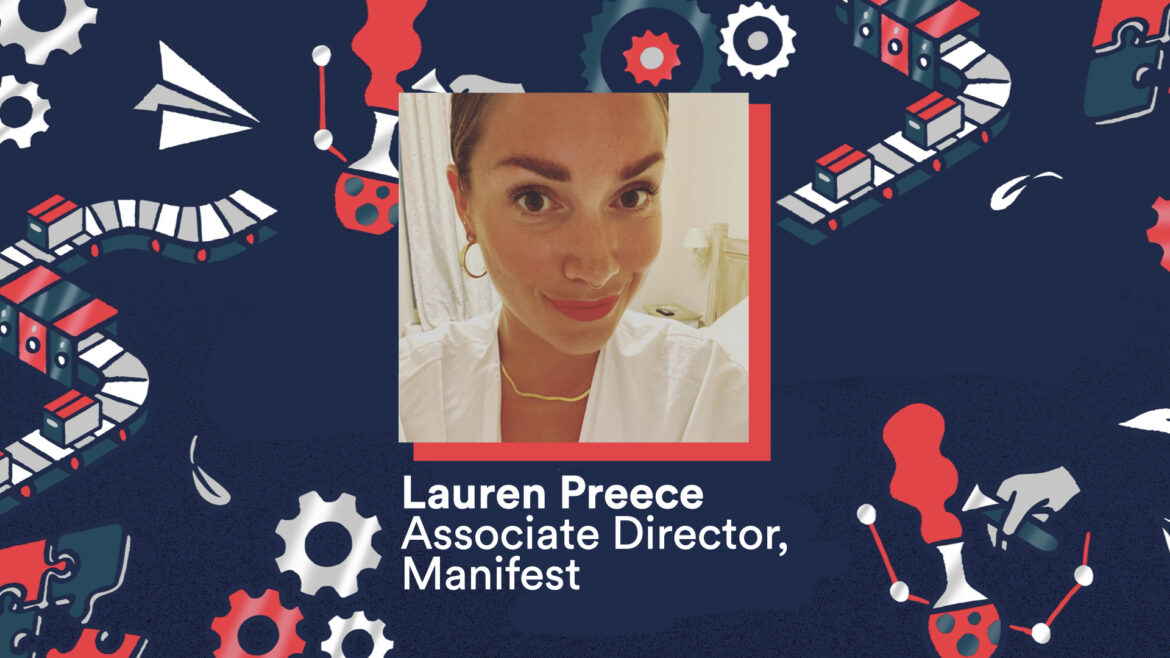
The saying goes: if it ain’t broke, don’t fix it.
However, while Manifest was steady and profitable, the leadership team wanted to take things to the next level – and she realised that their traditional hierarchical structure wasn’t cutting it.
“We didn’t look at agencies that were similar to us for inspiration,” says Lauren Preece, Manifest’s associate director. “Instead, we looked at pure insights and brand agencies to come in and build mini-agencies within ours.”
After doing some research and investigation into the art of the possible, the team came across the ‘elemental system’.
Inspired by Sir Ken Robinson’s book Find Your Element, the system organises team members vertically across seven ‘elements’ or disciplines, rather than hierarchically across seniority levels: insight, strategy, creative, production, client experience, project management, and operations.
To implement this, Lauren and her team spent 18 months overhauling the agency’s hierarchical structure and original processes from the ground up.
While it was a huge undertaking, it seems to have paid off. So far, it has reduced the amount of admin within the business, maximised productivity, and helped to develop internal talent thanks to the agency’s ‘elements’.
“It does what it says on the tin,” says Lauren. “People are happier and more productive because they’re in their element.”
Hear more from Lauren about the agency’s decision to overhaul their entire business structure, and how it has revitalised the agency.
Finding a Management System to
Navigate New Business Waters
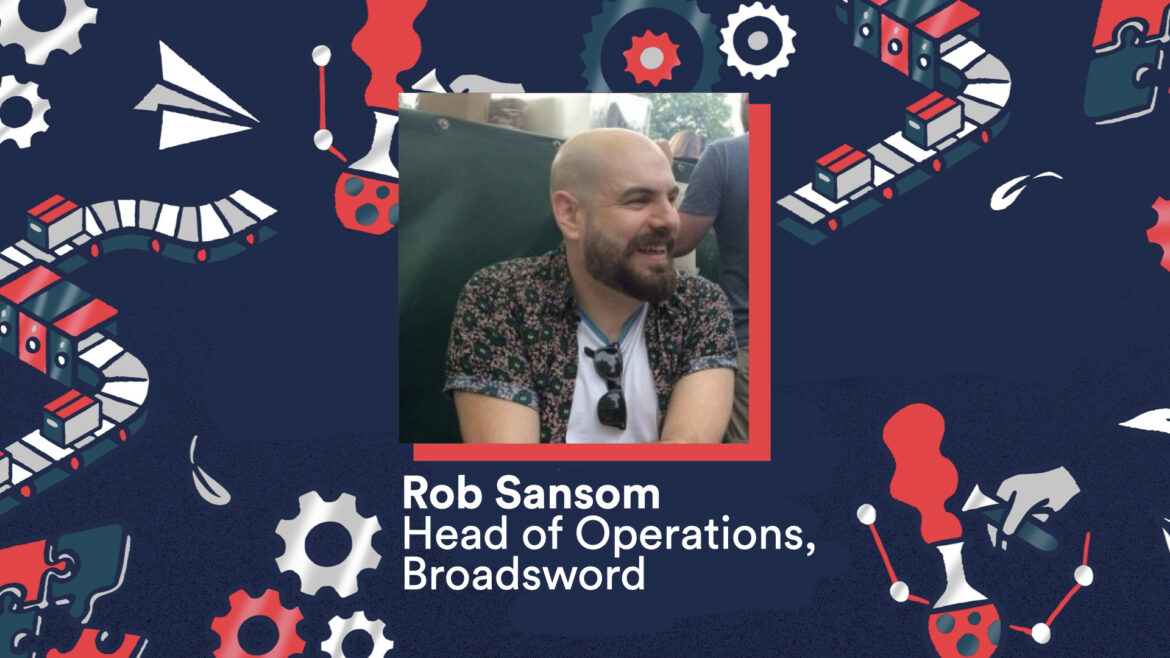
During the pandemic, Rob Sansom’s agency pivoted dramatically.
When Broadsword switched, head of operations Rob had to find a management system to help the company navigate uncharted waters.
But it was a struggle to find one that ticked all the boxes.
“I kept feeling like we were almost there, before looking at it a bit harder and realising something just wasn’t right,” says Rob, Broadsword’s head of operations.
As multiple people would be using the system, it needed to have a clear user interface that was both easy to look at and easy to use.
On a practical level, it also needed to deal with multiple currencies, with Broadsword operating in the US, the UK, and Hong Kong.
Finally, Rob found Scoro, a system that offered a modern UI and the right capabilities for what Broadsword needed.
“It’s great at keeping everything in one place,” Rob says. “We used to have four different systems for one project; now we only have two, including Scoro.”
Hear more from Rob on how Scoro has helped focus the agency’s activities and stay organised across three different markets.
How Can Visualising KPIs Create
Efficiency and Progress?
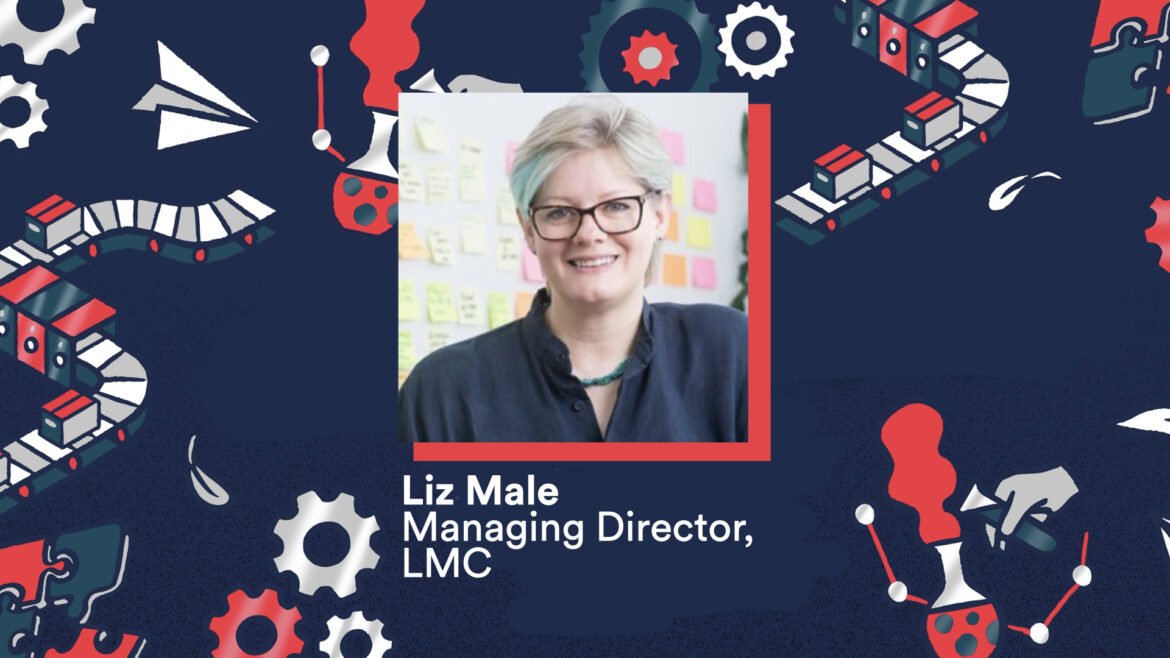
Liz Male was regularly losing weekend time to manual KPI and performance tracking.
To win back this time, she brought in a ‘whiz’ to create a custom dashboard tracking profitability metrics for her agency.
“We wanted to measure the KPIs that really mattered, not just the standard reports that our generic business software provided,” says Liz, founder of LMC.
Unlike many agencies, LMC works largely on multi-year retainers, rather than projects with a fixed end date. As such, most traditional reporting dashboards simply couldn’t do the job for her.
To tackle this, Liz hired a tech ‘whiz’ to create a dashboard to track and visualise the metrics she and her team needed in order to perform and grow.
By visualising these KPIs, the agency can now see real-time data on profit or loss for each and every client, plus the longer-term trends and patterns which might help with planning future years’ work programmes.
This allows them to make better-informed decisions about where to focus their energy – and where things need rebalancing.
Hear more from Liz on how this clearer picture of resources and finances has clarified several aspects of her agency and where she plans to take her custom system in the future.
“We Needed to Fine Tune Our Offering”
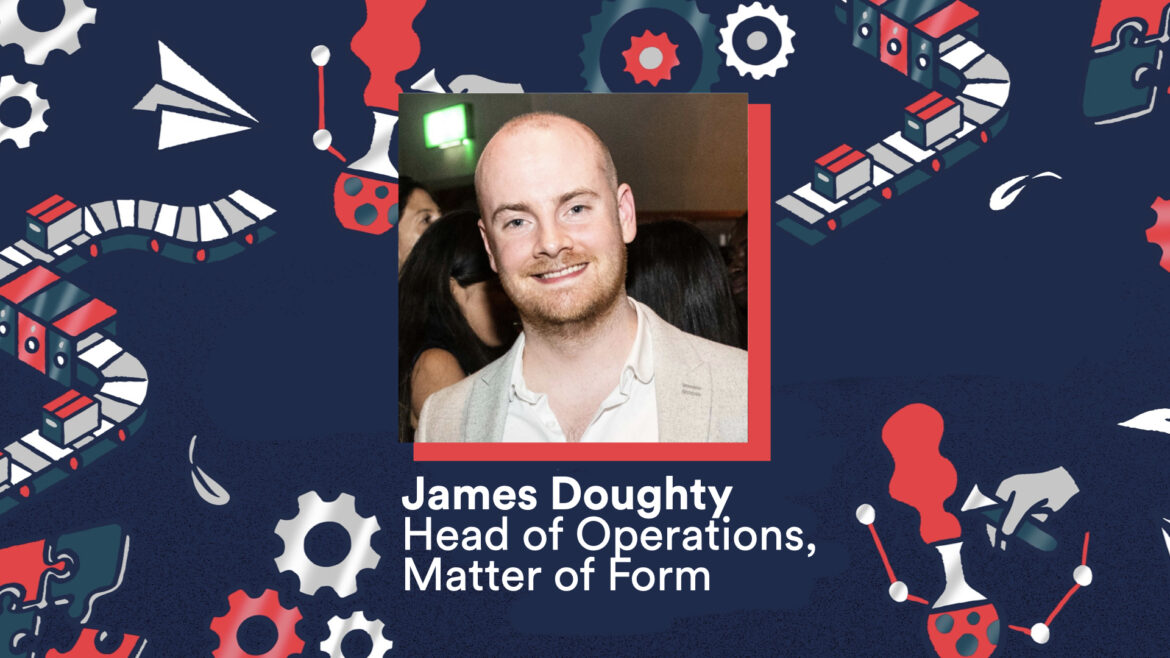
Matter of Form wanted to take things to the next level, but found they were working on projects without a fully unified system or optimal processes in place.
The team wanted to develop a more focused way of working, but to figure out the solution, they first needed to finetune the agency’s proposition & service offering.
“The objective was to fully align our teams behind a common understanding of the types of work we do, how we talk about it and how we do it,” says James Doughty, the agency’s head of operations.
“That in turn would filter through to cohesive external comms.”
To kick it off, James put all the agency’s services on the table, coming up with 20 in total. These were then filtered down into four top level buckets – brand development, digital experience design, product and service innovation, and strategy and optimisation.
By filtering this down, the agency was then able to start developing a clear and focused blueprint and delivery model for each one.
Not only has this fine tuned Matter of Form’s positioning, but it’s helped make work across the agency more efficient as a result – and also refined their proprietary method for meaningful innovation (Brand Interactions™).
“It stops us from having to create new approaches from scratch for every pitch,” says James. “Instead, you can just replicate it. You can categorise the client and project and say: ‘This is how we deliver this type of work – take it or leave it’.”
Hear more from James on how implementing this system helped take Matter of Form to the next level and what challenges he faced along the way.
